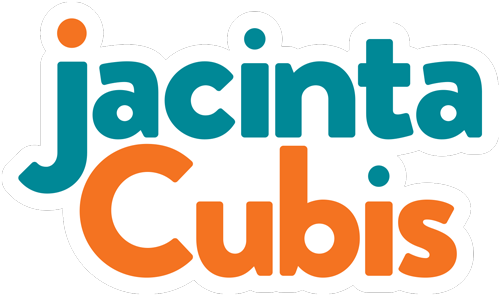Discontent = distrust
Peanut gallery. Hecklers. Trolls.
How easy it is to lob advice, criticism or worse, from the sidelines.
Or from a keyboard. Just ask any professional athlete. The attacks are personal and rarely about their performance.
The grace with which so many of these young sports stars handle the lobs and barbs has lessons for us all. We may not have their public profile, but the criticism and commentary we get when we lead groups can sting just as painfully. I’m talking about the unconstructive sort.
We’ve all been there.
We’ve put a lot of thought and effort into the design of our weekly team meeting, a workshop or our quarterly company forum.
We’ve consulted on people’s expectations. We’ve canvased ideas for different activities. We’ve adapted to tailor to people’s needs.
It can start with an eye roll. Or a sideways glance between colleagues. Or a shake of the head.
We ignore it. Is that a mistake?
A hand shoots up. They step onto their soap box. ‘Don’t take this the wrong way but….’
Online, the commentary in the chat begins, ‘This is a waste of time.’
It can’t be ignored. So we listen as a few people fill up the air, or the chat, with unconstructive comments.
Despite our best efforts, it can take the wind out of our sails. Worse, it can sap the energy of those who were looking forward to diving into the topic.
I’ve got a lot of tools in my tool kit. And thousands of workshops under my belt. But every now and then, it feels like there’s no tool that can counter the wave of discontent in a group.
The source of that discontent is more than likely, distrust.
According to the 2022 Edelman Trust Barometer, ‘distrust is the default’ on a global scale. The report goes into great detail into who we trust (not many) and why. I think it can be applied at every level, from governments to groups.
The implications for groups are profound. As the report states, ‘When distrust is the default – we lack the ability to debate or collaborate.’
I could list a whole set of tools here to try to counter the verbal discontent, to try to get things back on track. But no tool, in the hands of either an experienced or inexperienced facilitator, is going to counter that distrust. That was there long before the group gathered.
What I have learned is to carve out much more time to talk about trust well before any session.
What’s the level of ‘trust’ in this group, or between stakeholders and an organisation?
What does trust mean to everyone in the group? What does it look like?
Could it be productive to have a conversation about trust first?
If there’s little to no trust, there’s little chance that a group can collaborate, generate ideas and make decisions.
If you’d like help estimating the level of trust in your group, let’s chat. Comment below or email me with ‘TRUST’ in the subject line and we’ll book a call.
P.S. If you like this blog and want to support it, you can*:
1. Forward this blog to a friend with an invitation to subscribe right here: https://www.jacintacubis.com/shop/sign-up-to-jacinta-wonders
2. Buy my e-book HUM.
*Hat tip to Ann Handey or this idea!


